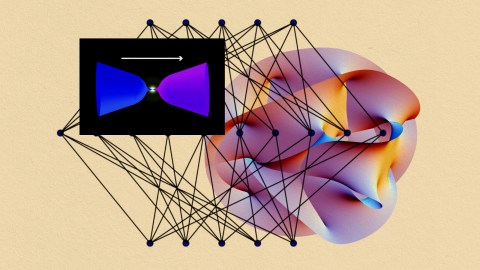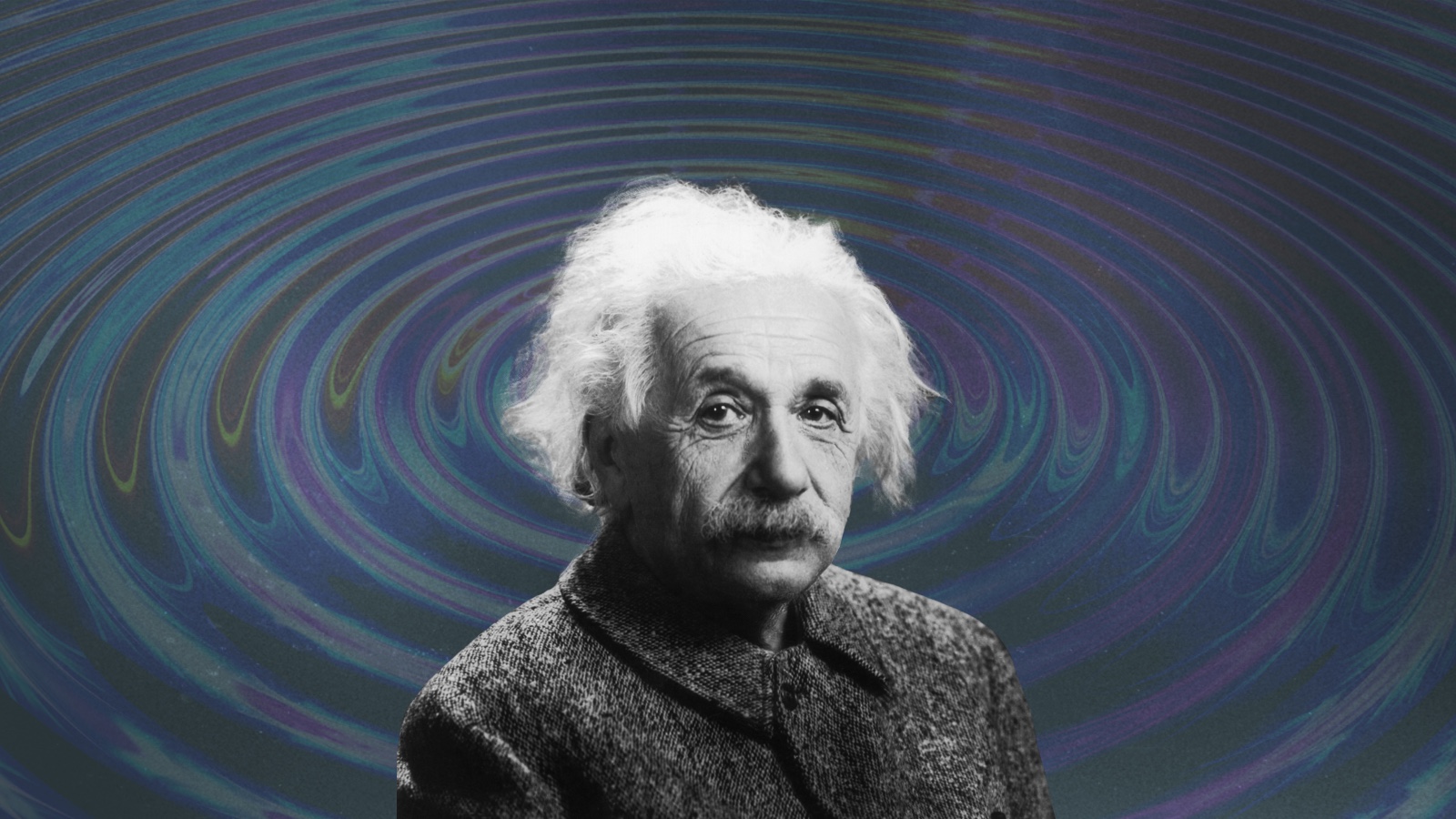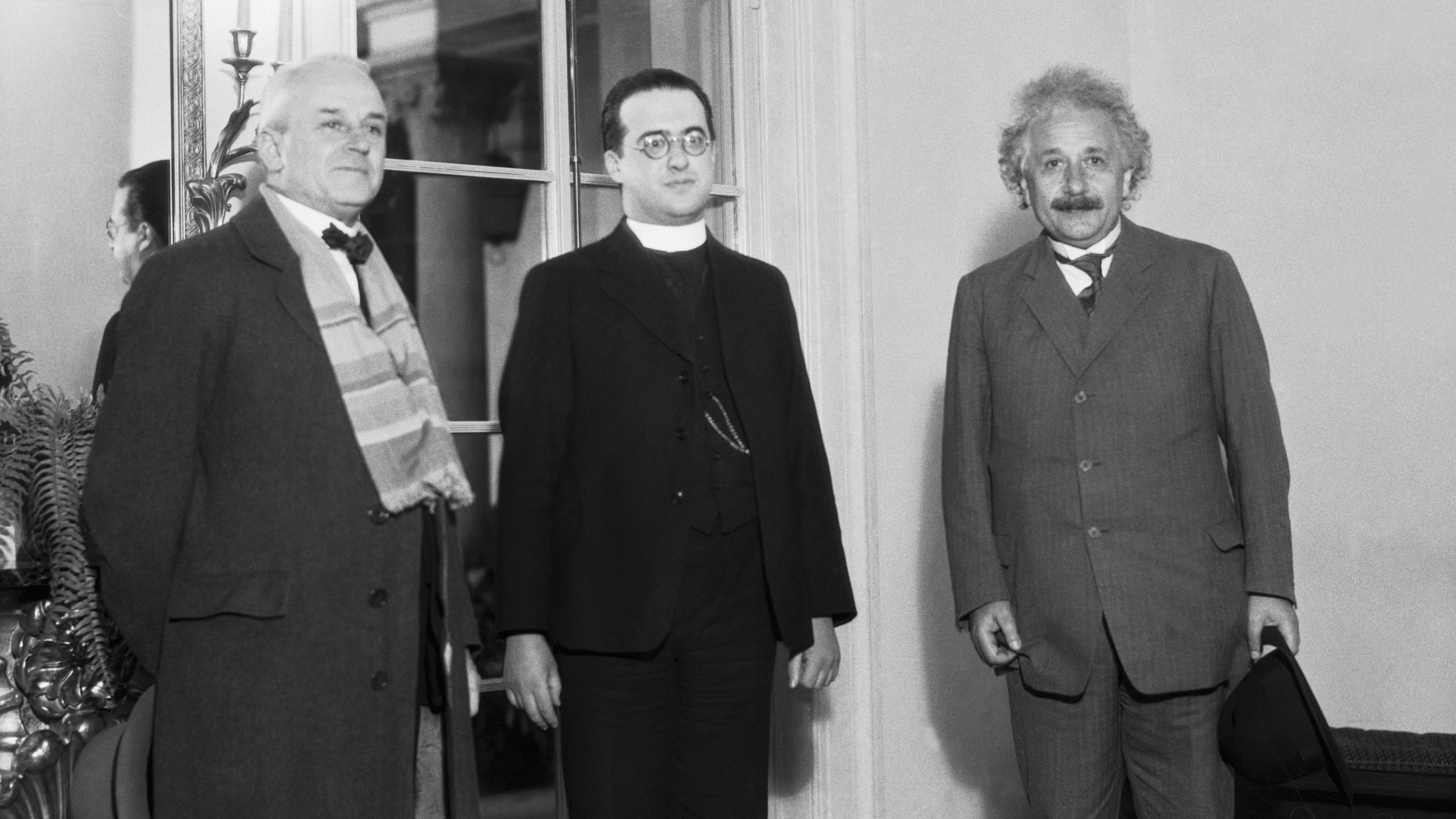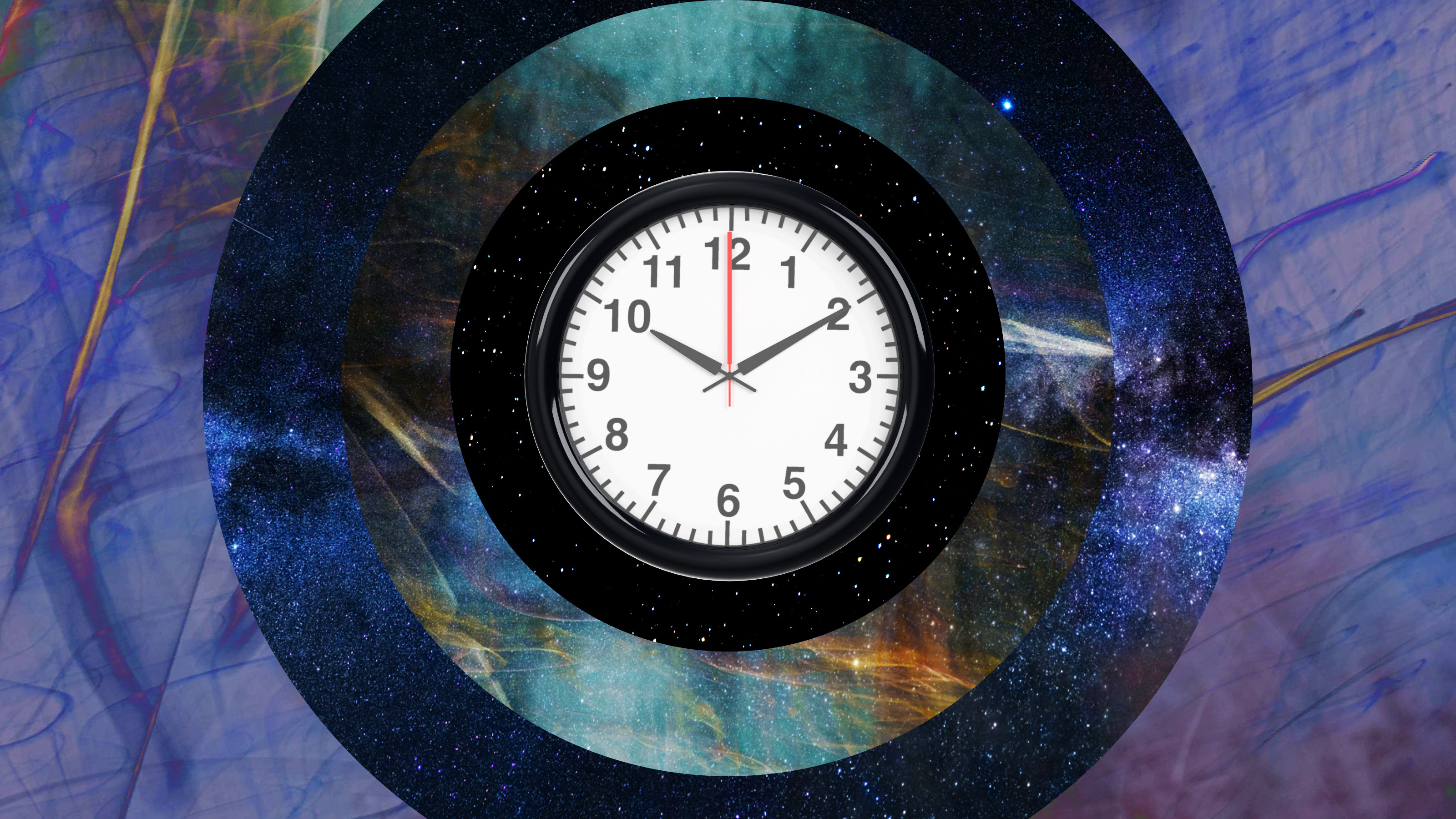The two roads to quantum gravity

- If the Universe started from a Big Bang, we need to revise the way we do physics near the beginning of time.
- The big question is how. Efforts to build a theory that brings forward quantum physics and the modern theory of gravity (Einstein’s general theory of relativity) have so far failed.
- The long road forward has not ended, but it has produced some very wonderful ideas about the nature of physical reality.
During the 20th century, we learned that the Milky Way is but one among countless other galaxies in our Universe. We also learned these galaxies are moving away from one another, a collective cosmic spreading-out that we interpret as the result of space expanding. If we imagine time moving backward, these galaxies will move closer and closer to each other until they end up squeezed into a tiny volume. Matter heats up and breaks down into its elementary components, the particles that make up everything in the Universe. As the squeezing continues, we approach the beginning of everything — the t = 0 of the cosmos.
Straining the scientific method
Of course things are not so simple, as we have seen over the course of this special series. As matter gets squeezed into smaller volumes, we must abandon all hope that the rules of classical physics can describe what is happening. We turn at this point to quantum physics, the physics of the very small. Things now get interesting, but far more speculative.
To push physics into the very early Universe, we need to extrapolate what we currently know into realms that remain unknown to us. Of course, this is always a necessary step to advance knowledge, but there are dangers when we venture into the unknown. If we take a wrong step forward, we can end up getting lost. This is why we turn to the scientific method. It provides an important constraint, limiting viable hypotheses to those that can be tested before they are established as reliable.
Leaving aside the limitations of the scientific method’s hold on “truth,” this has been the case since the time of Galileo and Kepler in the early 1600s. But the early Universe and its need for eccentric physics are challenging our age-old approach and pushing scientific methodology into new directions. Behind the brewing shift in how theoretical physics operates stand two main culprits: the quantization of gravity and the possibility that we live in a multiverse. Today, we discuss the first challenge — the difficult relationship between gravity and quantum physics.
Loop quantum gravity
How are we to deal with the quantization of gravity, given that gravity is understood as spacetime’s curvature, caused by the presence of matter? Over the past 60 years, two approaches have emerged as the favorite candidates. Loop quantum gravity holds to the notion that if we are to quantize gravity, we need to quantize the very fabric of spacetime. What this means is that we have to stop thinking of space and time as continuous entities, and start to think of them as an assembly of chunky bits.
More precisely, loop quantum gravity theory postulates that the structure of spacetime is made of tiny loops woven into a sort of network, a quilt-like structure in four dimensions (one for time and three for space). Those loopy, interlinked structures are called spin networks. They exist just above the so-called Planck length, the smallest conceivable distance, at around 10-35 meters.
Loop quantum gravity relies, essentially, on the atomization of space. In terms of cosmology, the theory tends to favor a Big Bounce, where the Big Bang follows a period of contraction. It may be unusual, yet loop quantum gravity remains faithful to some of the basic precepts of physics, bringing them forward to express the quantization of space and time.
Superstrings
The other approach to quantum gravity is superstrings, and it is a paradigm breaker. Superstrings call for a radical rethinking of what are the basic building blocks of material reality, moving away from the atomistic thinking that has dominated much of modern physics. Superstrings are extremely tiny vibrating tubes. Like guitar strings that can vibrate to produce sounds of different frequencies, superstrings can produce, or become, different particles.
What complicates the story is that to make contact with the known particles of nature, superstrings must live in a ten-dimensional spacetime — one dimension for time and nine for space. They also call for a new symmetry of nature called supersymmetry. This symmetry relates particles of matter like electrons and quarks to the particles that transmit the forces between them, like the photon (which transmits electromagnetism) and the gluon (which carries the strong nuclear force). The theory is as mathematically beautiful as it is complex. Indeed, its very complexity has slowed the theory’s development, which has its origins in the 1970s and made its greatest advances in the 1980s.
Validation
Validating the approaches is complicated. Loop quantum gravity predicts a certain unfolding of cosmic history that may or may not be correct. We still do not know if there was a bounce at the beginning of time or if the fabric of spacetime is a network of interlocking loops. String theory requires a still greater leap of faith. It requires extra dimensions of space as well as supersymmetry, both of which elude our efforts at detection. In fact, supersymmetry, even if detected in the form of a new particle, would only provide indirect support for string theory — the paradigm shift it requires asks for much more.
Forty years after these ideas first appeared, many physicists remain hard at work, trying to advance them. The road has been bumpy but also quite scenic, as spectacular ideas are proposed to move both projects forward. Sometimes, just like when we hike up a mountain, the best views don’t come from the top — they greet us along the way.





